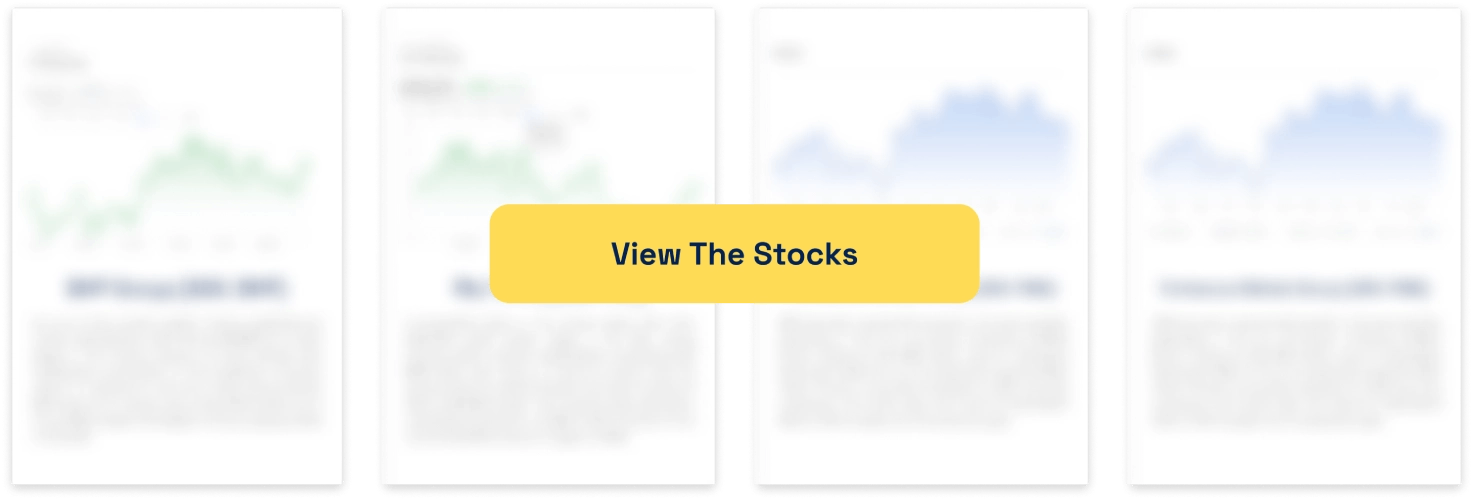Inghams shares have been volatile in the last 12 months, but better times might be ahead

It has been a while since we last wrote about Inghams shares (ASX:ING) – 8 months to be exact. It was in the immediate aftermath of the poultry company’s FY24 results that investors loathed, sending them down 20% in a day. This was actually the second time Inghams shares crashed after releasing results, because a similar thing happened at the release of its 1H24 results in February.
There is a lot to like about this company. It possesses many positive traits, including a market-leading position, a long history and being in a recession-proof industry. But during these tough economic times, the company did not appear to have benefited as much as you might expect. And how can you invest in a company that is so volatile after its results, especially if the volatility is all in one direction?
However, we didn’t see this share price response at the 1HY25 results in February, and there is a big hint that there may not be this coming August either – at least if the company’s trading update is anything to go by.
Introduction to Inghams (ASX:ING)
Inghams traces its origins back to 1918 and was a family-owned poultry business for several decades. Over time, it expanded into turkey and stockfeed and became a supplier towards major retail and quick service restaurants. Chicken is a popular food option because it is cheaper and healthier than red-meat. 70% of Australian families have it at least 3 times a week.
The company was sold to private equity giant TPS in 2013 and went public in 2016. TPS sold roughly half its stake at listing and gradually sold it down once the escrow period expired, exiting for good in 2020.
Inghams has not had the easiest life as a listed company even though its results have been far from terrible. However, it seemed a major corner was been turned in 2023.
An ‘eggcelent’ 2023, but ‘egghausting’ 2024
For much of the pandemic and its aftermath, the company battled higher input costs, including feed, packaging and freight, as well as supply chain challenges. And even though Inghams is the largest poultry company, its customers did have alternatives and its competitors had their own supply. It appeared those difficult times are over. In August 2023, the company released its FY23 results and it reported a $60.4m profit, up 72% in 12 months. This was in spite of Poultry Volumes going 0.4% backwards, because the company was able to pass on cost increases to its customers. It delivered a ROIC of 19%, up from 13.7% the year before.
Not even 3 months into FY23, the company gave a trading update for the first few months of the year that led it to upgrade its 1HY24 guidance. It told investors to expect for expecting a $65m statutory profit, a figure that would be up 7% from the year before. Of course, this was contingent on current trading levels being maintained. And the company expected results from the second half to be lower than the first half due to normal seasonality.
The company’s 1HY24 results looked OK at first glance with a profit of $63.4m, up 286.6% from the prior corresponding period, and sales increasing 2.2%. The company’s interim dividend was 20% more than the prior 6 months prior and 166.7% higher than 1HY24 – at 12c per share. However investors responded negatively due to certain warnings from the company including that there was cost growth as well as its growth in net debt by $83.4m to $345.9m and inventories increased by $31m. Inghams told investors that consumers were switching to retail products rather than QSR and out-of-home channel volumes.
Its full FY24 results similarly showed good headline figures, including a $101.5m profit, 68% above FY23. The company renewed its multi-year supply agreement with Woolworths and told shareholders it progressed or completed several important investments, including in its automation capabilities. But this paragraph seemingly made investors panic.

Source: Company
FY25 is looking better for Inghams shares than FY24
For FY25, Inghams told investors that poultry volume growth would be between 1 and 3% lower than the year before, while EBITDA would be flat at best, 6% backwards at worst ($236-250m). ‘Consumer conditions in the near term are expected to remain challenging due to cost-of-living pressures, with inflation expected to remain elevated during FY24,’ the company said.
At its 1H25 results, the company confirmed it was on track to meet earnings guidance and shares did not similarly crash. CEO Andrew Reeves boasted that the company had ‘delivered its second highest interim earnings result on an Underlying pre AASB 16 basis since listing in 2016’.
This was in spite of the company’s poultry volume retreating 2.7% on a core bacsis and 0.5% on a total basis, EBITDA retreating 17.1% and its profit by 19%. At least it still made a $51.5m profit and it saw a 1% gain in its Net Selling Price (NSP) – $6.34/kg. Key to this was last August’s acquisition of Bostock Brothers in New Zealand – Aotearoa’s only organic chicken farm.
Earlier this week, on May 6, the company gave a trading update where it reaffirmed its FY25 guidance. Even though poultry volumes decline 2.2%, its NSP increased by 1.2% and it had observed that pricing of feed ingredients were down, particularly wheat and soymeal which retreated by 9% and 13% respectively.
What we think Inghams is worth
The 11 analysts covering Inghams have a mean share price is $3.65, barely 16% above the current share price now, but it was a discount just a few days ago. Granted, there is a significant divergence of opinion with the lowest being $3.00 and the highest being $3.70.
They are less optimistic about the company’s FY25 guidance for EBITDA calling for $420.6m compared to $463m the year before), as well as for flat revenue of $3.21bn. Will FY26 be better? Slightly so from a revenue basis, with $3.27bn revenue and EBITDA backwards again at $409.5m. The company’s EPS line is expected to increase from 28c per share to 30c per share. FY27 is expected to be a better year with $3.3bn in revenue, $409.3 in EBITDA and $0.32 EPS.
These multiples place the company at just 12.5x P/E. For comparison’s sake, peer Bega Cheese (ASX:BGA) is 26x P/E for FY25. Obviously, there are risks with investing in Inghams supply chain issues, competition and potentially macroeconomic softness.
Investors appear to think things won’t substantially improve for some months yet. But if they do recover quickly – or perhaps if the company just doesn’t miss its guidance – Inghams is set for a much better next 8 years listed than its first 8.
What are the Best ASX Stocks to invest in right now?
Check our ASX stock buy/sell tips

Blog Categories
Get Our Top 5 ASX Stocks for FY26
Recent Posts
Diversifying Portfolios with ASX Consumer Stocks: Opportunities and Risks
The ASX 200 has delivered significant volatility recently, and market participants observing the screens in 2025 understand the turbulence firsthand.…
Is Lendlease (ASX:LLC) out of the doldrums for good?
Lendlease (ASX:LLC) has for the past several years been the classic definition of a ‘value trap’. You think a good…
Here are the 2 most important stock market taxes that investors need to be aware on
As one of two certainties in life, investors need to be aware of stock market taxes. Investors may be liable…


